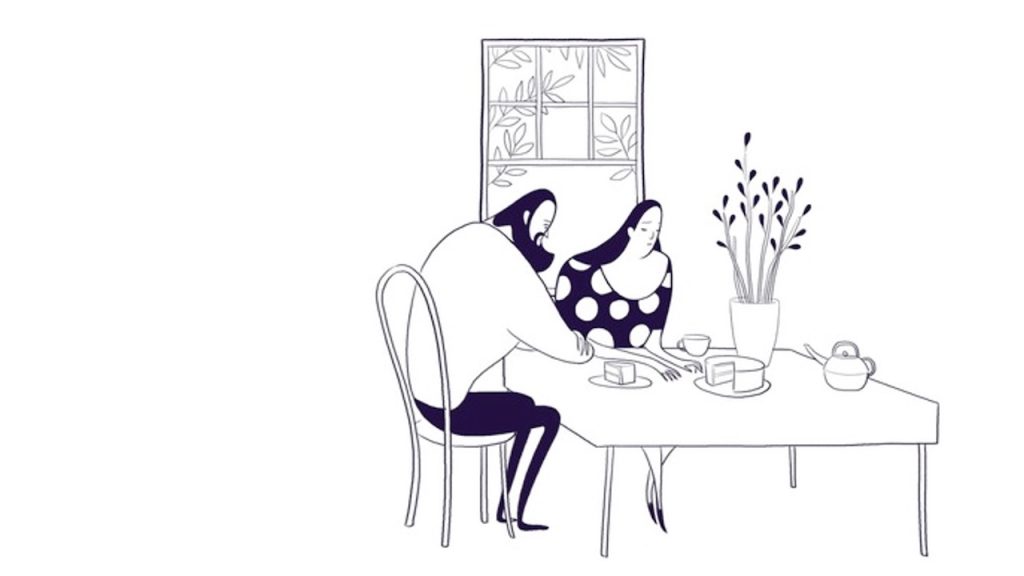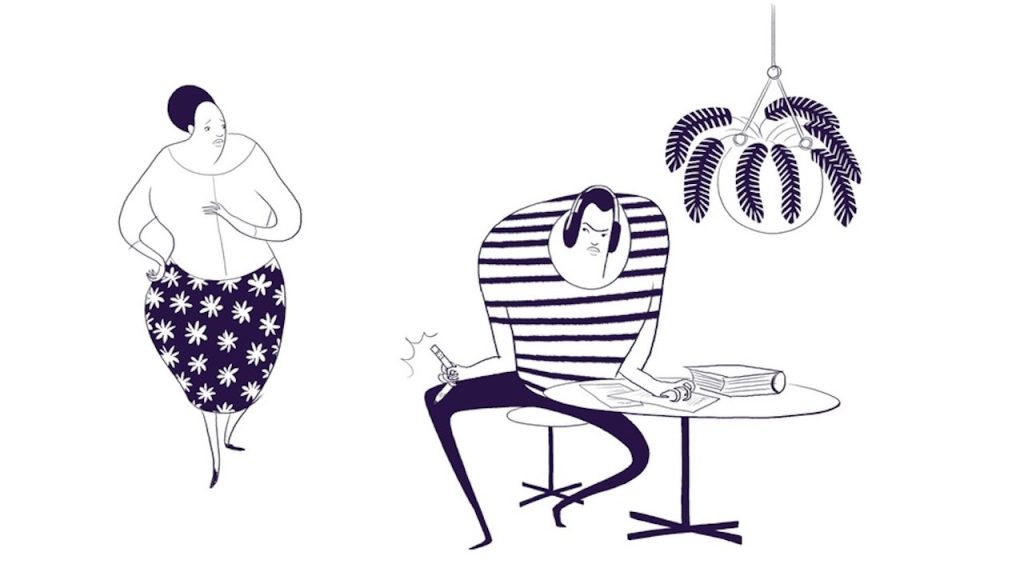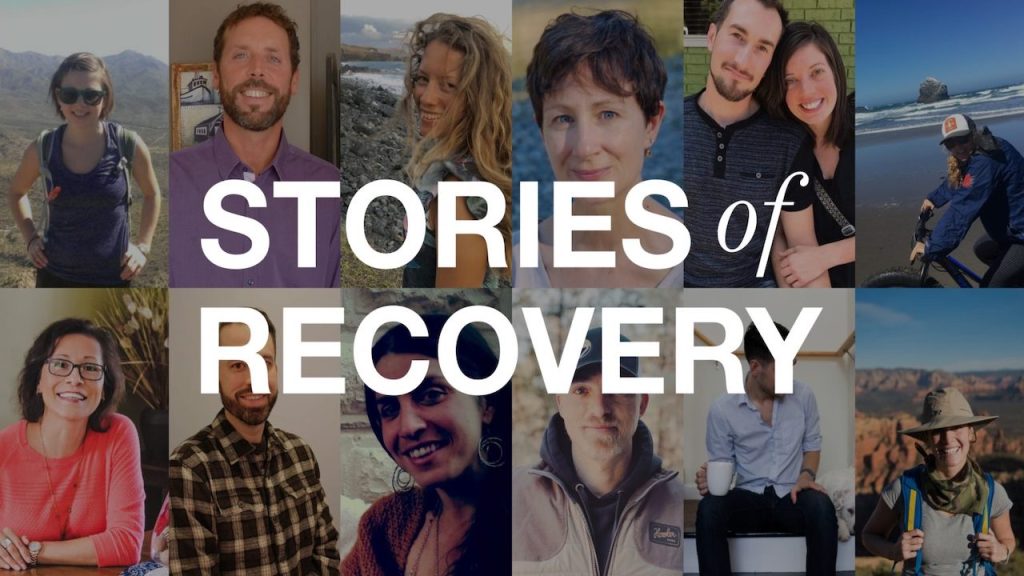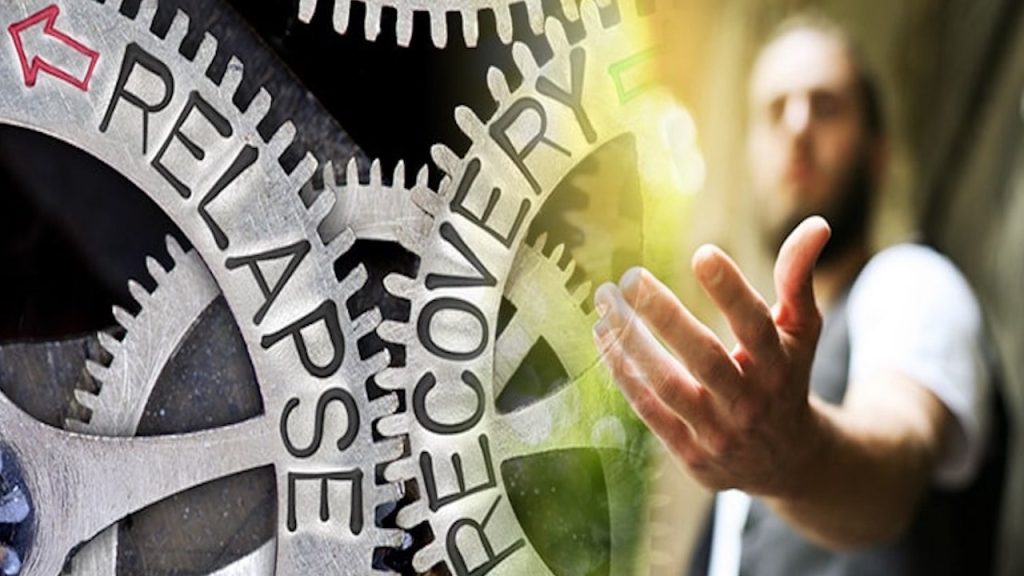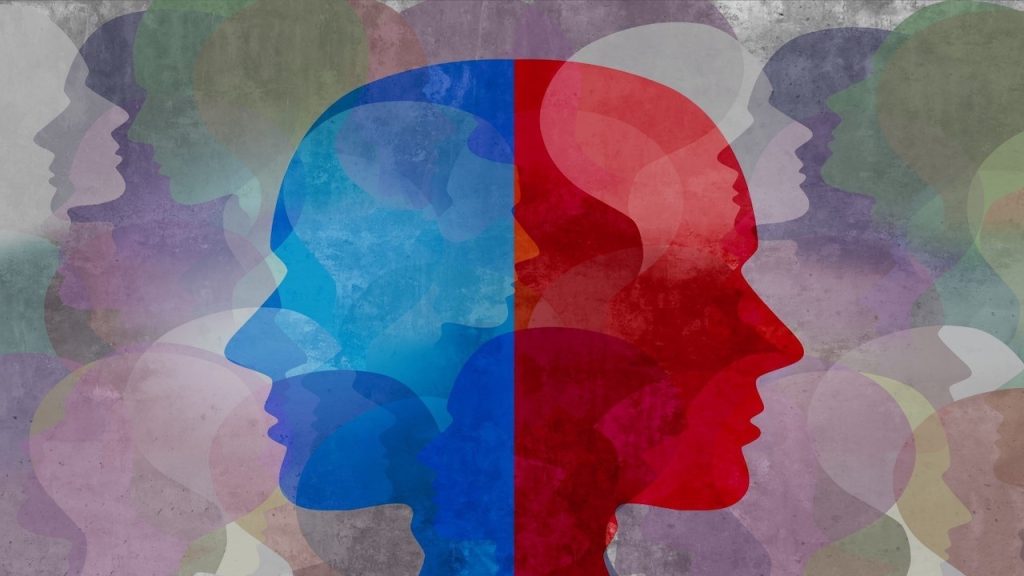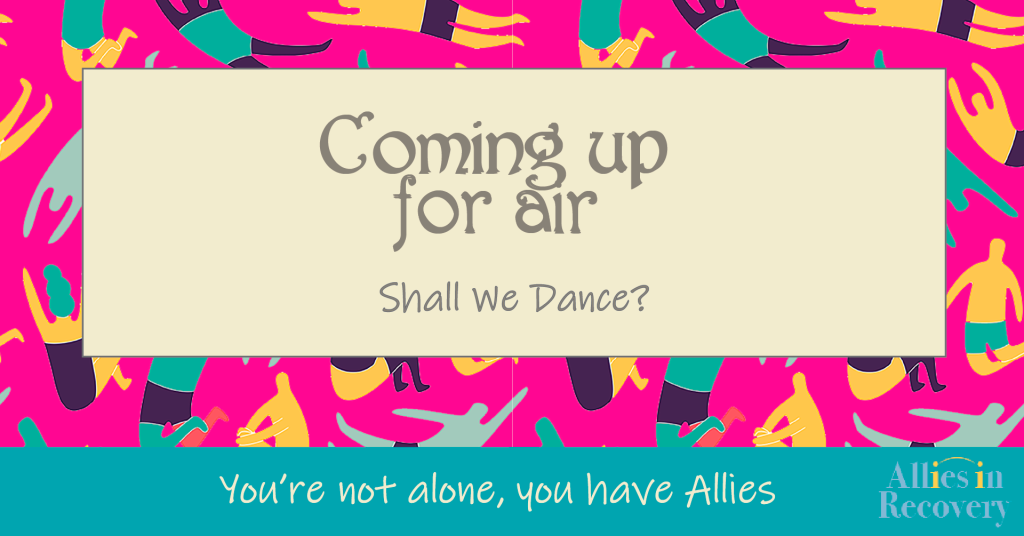How I Learned to Set Healthy and Effective Boundaries

The disease of Substance Use Disorder (SUD) was the chaos and despair that exposed how flawed I was at setting boundaries. It was also what forced me to examine and improve on those flaws.
Through this learning process I have found an inner strength and calmness. My newly found skill of setting boundaries with quiet conviction has also spread into all aspects of my interactions and relationships with others, not just my loved one with SUD. I have seen improved communications and relationships with everyone I am connected to.
This post originally appeared on our Member Site blog, where experts respond to members’ questions and concerns. To learn more about membership, see our Membership Benefits page.
“We can say what we need to say. We can gently, but assertively, speak our mind. But we do not need to be judgmental, tactless, blaming or cruel when we speak our truths.” ~ Melody Beattie
As I have written previously, I am not a professional and I would never presume to understand each individual or family situation. All I can do is share with my readers what I have learned in my long and complex journey.
***
Part 2 of a 2 part series (read Part 1 here)
Here is what I have learned about setting effective boundaries in my own life:
1—Pay attention to the motivation behind your boundary.
The goal of a limit should be based on your needs and not on the expectation of a particular behavior from the individual the limit was conceived for. Early on, I found this concept daunting and difficult to adhere to. I still struggle with it. Once I understood it however, I found a lot more success in setting appropriate boundaries.
I learned to question my motivation for a limit: am I trying to get someone to do something (manipulating)? Or, am I simply keeping my own values and morals in place? Is the boundary solely for me?
An example of setting a boundary based on personal ethics is refusing to give my loved one cash because I don’t want the money to be used for drugs. Not to prevent my loved one from using. The result may be that my loved one has less access to drugs, but that is not the motivation behind the boundary. By doing this, the boundary setter takes ownership of the limit. It defines the boundary setter’s actions not the loved one’s.
There is always hope that the person receiving the limit will behave in a particular manner, but the boundary is still effective even if the person does not. In the example above, of course I may hope my loved one has less access to drugs. But even if they do still find drugs, my boundary is still intact because it was not my money that was used.
2—When setting boundaries, make sure they are realistic.
Again, this is another guideline that took a lot of work on my part to get better at. So many times, in the heat of a moment, I would declare extreme rules that with careful thought, I might not have. Examples include, “You can never come back here, EVER!” or “If you take off again, I won’t pay for your phone.” Because these rushed emotional rules were not reasonable, I was less than likely to enforce them.
The limits became very destructive and had the opposite effect I was hoping for. These empty threats basically said to my loved one, “I am angry, I’m frustrated, but don’t worry, I will settle down and you will be able to do what you want without consequences.” What incentive does my loved one have to change? Really, I am teaching my loved one to manipulate me!
Conversely…
When I implement well-thought-out limits that I am more capable of sticking to, I inspire change in the response to my boundaries, and I get better results.
Alternatives to the above threats could be: “I feel sad and it hurts me when you are using, so you cannot be here when you are high. We can talk again when you sober up.” In the second example I would leave the phone completely out of it. I might let them leave so we could both calm down. Honestly, in the past I wanted to keep the lines of communication open, so taking away the phone was an empty threat.
When we do not follow through with the boundaries we have established, there is a second underlying negative message sent to the receiver. We are implying our loved one is not capable of respecting the boundary. We are basically saying, “I don’t think you can do it.” And, if they are incapable, then they have to depend on us to take care of them and their problems. This could result in the lowering of their self-view. Instead of empowering our loved one and letting them know we believe in them, we are acting as a barrier to their progress.
3—Boundaries are fluid. They are YOUR boundaries!
What keeps me safe and helps me hold to my ethics, beliefs and morals changes overtime. So, my boundaries are also going to change overtime. I had to learn to give myself permission to change my boundaries.
Many families I have talked to have laid out a boundary for their loved one but found it was not working. They worried that they were bound to the original limit and would almost be breaching a contract by changing it. I suspect there are two reasons for this: 1) they don’t believe they have the right to change it and 2) they are afraid of conflict with their loved one.
YOU DO HAVE THE RIGHT TO CHANGE A BOUNDARY! They are your boundaries, you can do whatever you want with them. If they are not working, change them, get rid of them, or firm them up. Imagine if you had a business and needed to change a policy to make your business more productive. You would change it, wouldn’t you?
If we avoid changing an ineffective limit for fear of conflict and pushback (it is going to happen with SUD), we are not allowing natural consequences to occur. Dodging the chaos is a momentary protective mechanism for us. In the long run however, we are actually just prolonging the inevitable. I am guilty of this offense and had to work hard to change this about myself. I still struggle with my feelings and my need to avert friction. When this happens, I find it helpful to start practicing other skills—outside of boundary setting—I have been working on.
4—Boundaries should not be created out of FEAR.
I am going to have to be open and raw about boundaries and fear because it is only through facing fear that I was able to improve on boundary setting. Anytime I created a boundary out of fear—and with SUD we are talking the Ultimate Fear—I was manipulating and trying to get my loved one to behave in a particular way.
When I created rules out of despair and angst, I was placing the responsibility for relieving my feelings onto my loved one. Their actions determined my feelings. Then I learned that taking care of my feelings is actually my responsibility. Depending on others to soothe my feelings leaves me out of control and helpless.
This is where facing the fear became an important part of my process to becoming a healthy person. A pivotal understanding for me was that awful consequences including death are possible, whether I’ve set boundaries or I haven’t.
This new awareness, combined with realizing my boundaries were weak and inadequate, prompted a need for change. Nothing changes if nothing changes.
I might as well try to create a safer environment for myself. If I want to feel better I am going to have to go and do the work. By creating self-protective boundaries, I was also creating an environment for my loved one where I was sending the message: “I believe in you,” (even when I waivered in those thoughts). Both my loved one and I reap the benefits of my healthy boundaries.
5—The best boundaries are those unspoken.
I found that if I could set a boundary down without stating it to my loved one, then usually I was following all of the above guidelines.
For example, if I observe an argument between my loved one and another person, I may want to jump in to lessen the chaos. Maybe I’m hoping that intervening will “help” or teach them a better way to communicate. After all, I have experience and know what is best, right?
However, I choose to stay out of it. By not interfering, the action of the boundary is mine. I own the limit. I do not expect any particular behavior from my loved one. At the same time I send the message that even without my interference, they can find a solution to the problem. I am handing off the baton and letting my loved one know I believe they are capable of handling it. I move out of the way of their learning and allow them to take ownership of the problem and the solution.
Many boundaries cannot be unspoken but I’ve learned to use the fewest words possible while still being clear about what I require. For some strange reason I have found that the fewer words I use, the more my loved one knows I mean what I say. I am sure you have heard, “’No’ is a complete sentence.”
Let me be clear: setting healthy boundaries and confidently following through is not easy!
Not for me, not for anyone.
It requires a lot of reflection, work and practice. So I had to start with just a single change at a time. I was patient and forgiving with myself and had to practice frequently. I still make mistakes and it is most likely to fall apart during moments of crisis. At least now I have a few more strategies to lean on in difficult times. I hope my thoughts and new understandings of boundaries will help others in a similar situation. If just one person takes away a small portion of my thoughts and it improves their life a little, it is worth it. Remember, you are not alone.
A membership at Allies in Recovery brings you into contact with experts in the fields of recovery and treatment for drug and alcohol issues. Our learning platform introduces you to CRAFT and guides you through the best techniques for unblocking the situation. Together we will move your loved one towards recovery. Learn more here.



